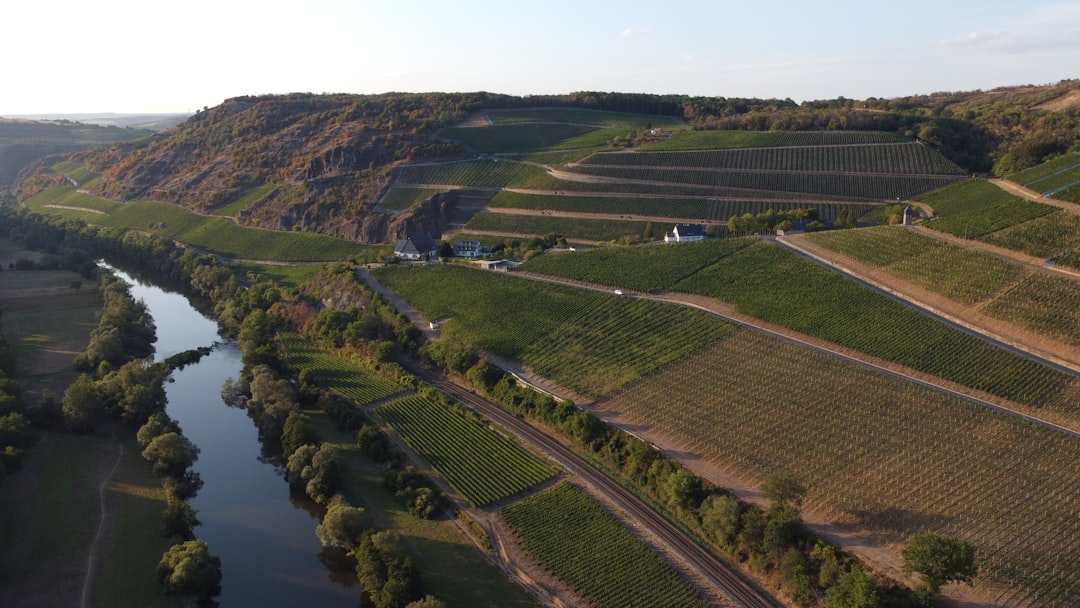What is it about?
House prices depreciate exponentially as noise increases especially over 65 decibel. The flexible approach proposed in this paper can be used to combine noise from multiple sources and account for variations in the “soundscape” of different areas in a realistic manner. In the literature, cut-off points or thresholds are commonly used that can only capture a constant house prices depreciation, thus underestimating the effects of noise. Stated preference applications should be treated with caution, especially where populations are subject to high long term noise exposure.
Featured Image
Why is it important?
These findings have implications for noise valuation and policy. First, low noise value estimates from stated preference studies should be treated with caution, especially where populations are subject to self-selection pressures as a result of long term noise exposure. There is a need to assess risks to health of such exposure in such communities. Second, where a constant value per decibel is applied in appraisal noise costs will be under-estimated. Third, the costs from an environmental externality, such as noise may well continue after its complete removal, especially in highly exposed areas.
Perspectives
While there is a vast literature that derives monetary noise values looking at house price depreciation per decibel, there is still questionable statistical treatment of noise and arbitrary threshold assumptions. This paper sought to address these issues.
Dr Sotirios Thanos
University College London
Read the Original
This page is a summary of: RESIDENTIAL SORTING AND ENVIRONMENTAL EXTERNALITIES: THE CASE OF NONLINEARITIES AND STIGMA IN AVIATION NOISE VALUES, Journal of Regional Science, October 2014, Wiley,
DOI: 10.1111/jors.12162.
You can read the full text:
Resources
Contributors
The following have contributed to this page










